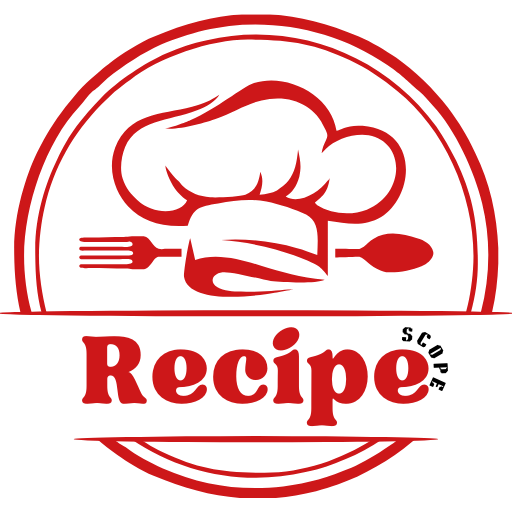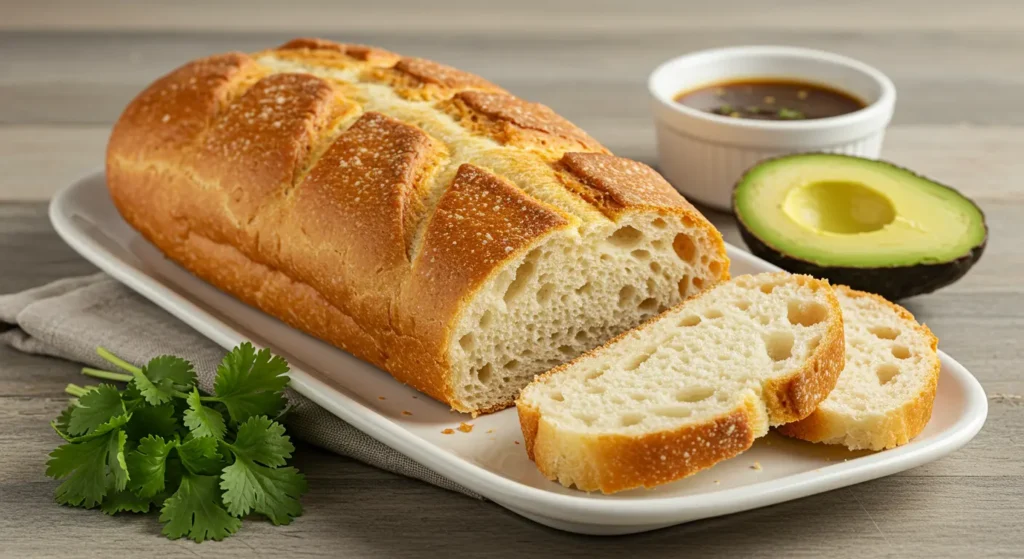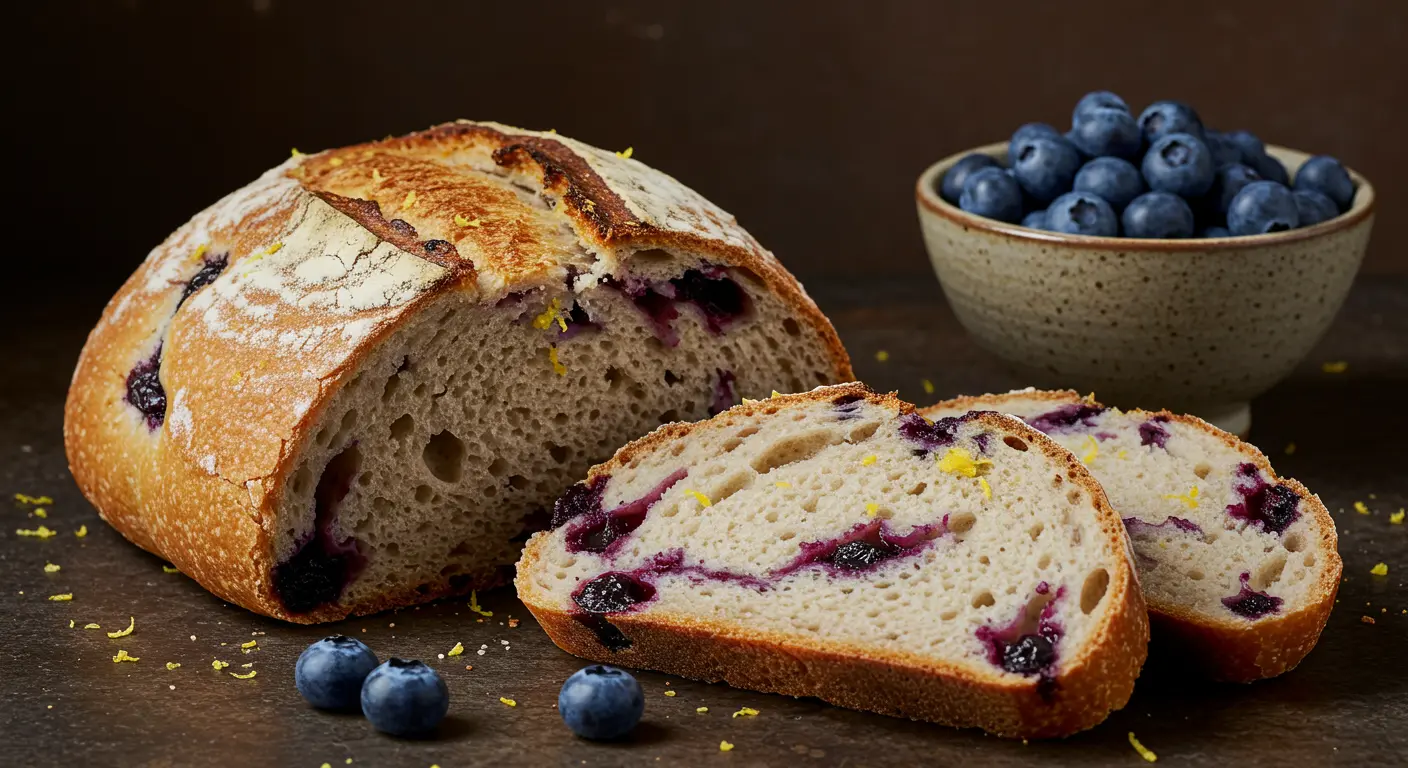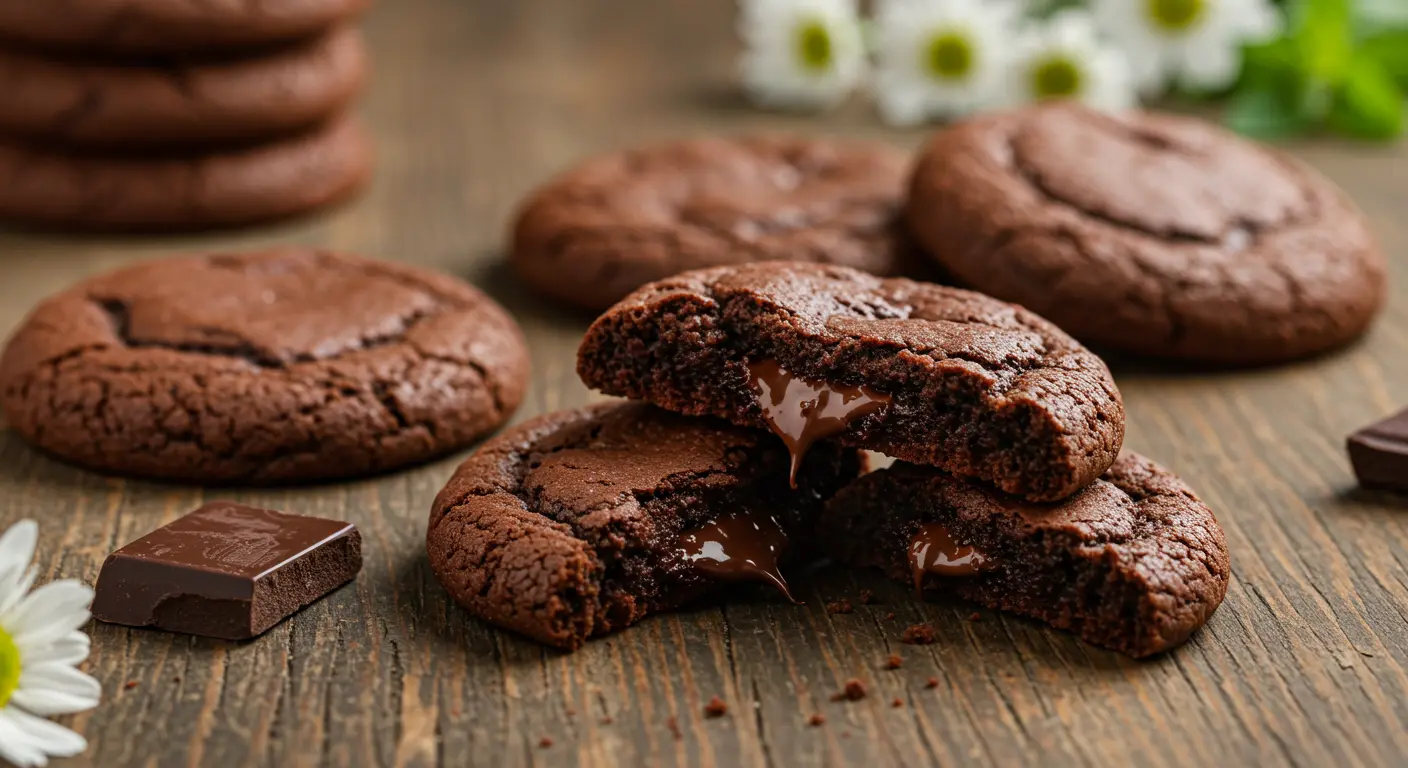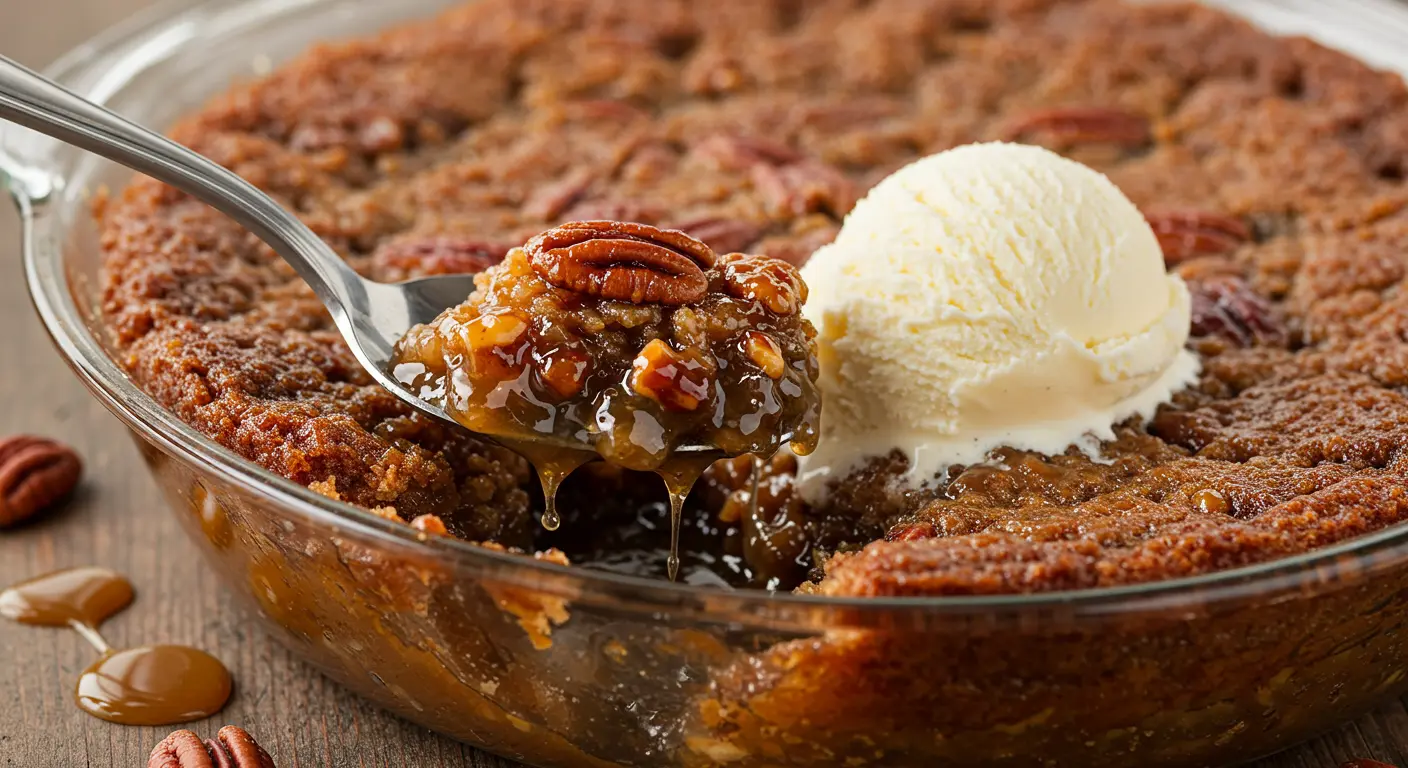Imagine slicing into a freshly baked loaf of Cuban bread, its crust golden and crisp, revealing a soft, fluffy interior that beckons you to take a bite. This delightful bread is not just a staple in Cuban cuisine; it’s a warm embrace for your taste buds. The Cuban bread recipe is simple yet rewarding, making it perfect for sandwiches, toasting, or enjoying plain with butter.
The origins of Cubano bread can be traced back to the rich culinary traditions of Cuba, where it plays a vital role in iconic dishes like the famous Cuban sandwich. With its unique texture and flavor, this bread stands out as a favorite among many. In this article, we’ll explore how to make Cuban bread, focusing on essential ingredients and step-by-step instructions to ensure your baking success.
Quick Recipe Card
- Prep Time: 40 minutes
- Cook Time: 25 minutes
- Resting Time: 1 hour 45 minutes
- Total Time: 2 hours 50 minutes
- Difficulty Level: Moderate
- Servings: 8
Nutritional Information (per serving)
- Calories: 234
- Protein: 6g
- Carbohydrates: 40g
- Fat: 6g
Equipment Needed
- Mixing bowl
- Dough scraper
- Baking sheet
- Parchment paper (optional)
- Kitchen towel
Ingredients
- 4 cups (480g) bread flour, sifted
- ¼ cup (60ml) lard, melted (or vegetable shortening for a vegan option)
- 1¼ cups (300ml) warm water
- 2¼ teaspoons fast-action yeast
- 2 teaspoons granulated sugar
- 2 teaspoons salt
Brief Instructions
- In a bowl, mix together warm water, sugar, and yeast. Allow it to rest for around 10 minutes until it becomes frothy.
- Stir in melted lard and half of the flour to form a thick paste.
- Gradually add the remaining flour and knead until smooth and elastic.
- Cover the dough with a kitchen towel and let it rise in a warm area until it has doubled in volume, which should take about an hour.
- Gently deflate the dough, form it into a loaf, and transfer it to a baking sheet lined with parchment paper.
- Allow it to rise again for about 45 minutes before baking in a preheated oven at 375°F (190°C) for about 25 minutes or until golden brown.
Ingredient Deep Dive
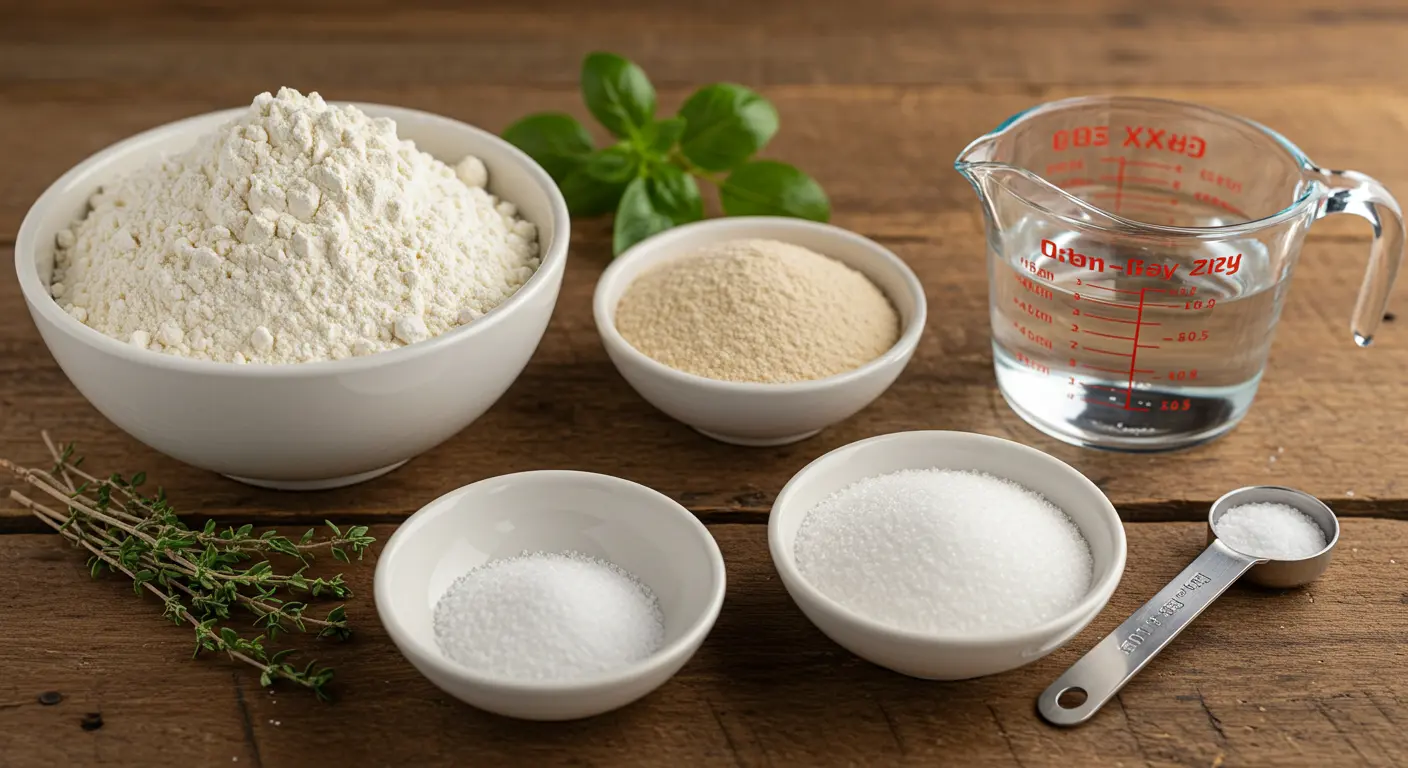
To create the perfect Cuban bread, understanding the key ingredients is essential:
- Bread Flour: The higher protein content in bread flour helps create gluten, giving the bread its chewy texture. This is crucial for achieving the light and airy quality that defines a great Cuban bread roll.
- Lard: Traditionally used in Cuban bread recipes, lard contributes to the soft and fluffy crumb of the bread. If you prefer a plant-based option, vegetable shortening can be used as a substitute without sacrificing too much flavor.
- Yeast: Fast-action yeast allows for quicker rising times, making it ideal for this recipe. It’s important to ensure your yeast is fresh for optimal results.
- Sugar: A small amount of sugar activates the yeast while adding subtle sweetness to the bread, enhancing its overall flavor.
- Salt: Essential for flavor and controlling yeast activity, salt helps balance the sweetness and contributes to the dough’s structure.
Understanding these ingredients will help you appreciate their roles in creating a delicious loaf of Cuban bread that is both flavorful and satisfying.
Equipment Needed
Having the right tools will make your baking experience smoother and more enjoyable. Here’s a list of essential equipment for making your Cuban bread:
- Mixing Bowl: A large mixing bowl is necessary for combining all your ingredients and kneading the dough.
- Dough Scraper: This handy tool helps in kneading and shaping the dough, making it easier to handle.
- Baking Sheet: A sturdy baking sheet provides a solid base for baking your loaf. You can also use a bread pan if you prefer a specific shape.
- Parchment Paper (Optional): Using parchment paper can prevent sticking and make cleanup easier, especially if you’re using a baking sheet.
- Kitchen Towel: A clean kitchen towel is used to cover the dough during its rising periods, helping to retain moisture and warmth.
Having these tools on hand will ensure that you can easily follow your Cuban bread recipe and achieve the best results.
Step-by-Step Instructions
Making your own Cuban bread is a straightforward process that yields delicious results. Follow these detailed steps to ensure your baking success:
- Activate the Yeast: In a mixing bowl, combine 1¼ cups of warm water, 2 teaspoons of sugar, and 2¼ teaspoons of fast-action yeast. Let it sit for about 10 minutes until frothy. This step is crucial for ensuring that your Cuban bread rises properly.
- Mix the Dough: Stir in ¼ cup of melted lard (or vegetable shortening for a vegan option) and half of the 4 cups of bread flour to create a thick paste. This mixture will form the base of your dough.
- Incorporate Remaining Flour: Gradually add the remaining flour while mixing until you achieve a slightly sticky dough. You may need to adjust the amount of flour slightly depending on humidity and other factors.
- Knead the Dough: Transfer the dough to a lightly floured surface and knead for about 8-10 minutes until smooth and elastic. This step develops the gluten, which is essential for creating the chewy texture characteristic of Cuban bread rolls.
- First Rise: Place the kneaded dough in a greased bowl, cover it with a kitchen towel, and let it rise in a warm place until doubled in size (about 1 hour). This is when the yeast works its magic!
- Shape the Loaf: After the first rise, punch down the dough to release excess air. Shape it into a loaf and place it on a baking sheet lined with parchment paper or in a greased bread pan.
- Second Rise: Allow the shaped loaf to rise again for about 45 minutes until it has puffed up nicely.
- Bake: Preheat your oven to 375°F (190°C). Bake the loaf for about 25 minutes or until golden brown and hollow-sounding when tapped on the bottom. The aroma will fill your kitchen!
- Cool and Serve: Once baked, remove from the oven and let it cool on a wire rack before slicing. Enjoy your homemade Cuban bread warm or toasted!
By following these step-by-step instructions, you’ll learn how to make Cuban bread that’s perfect for sandwiches or simply enjoyed with butter.
Expert Tips and Tricks
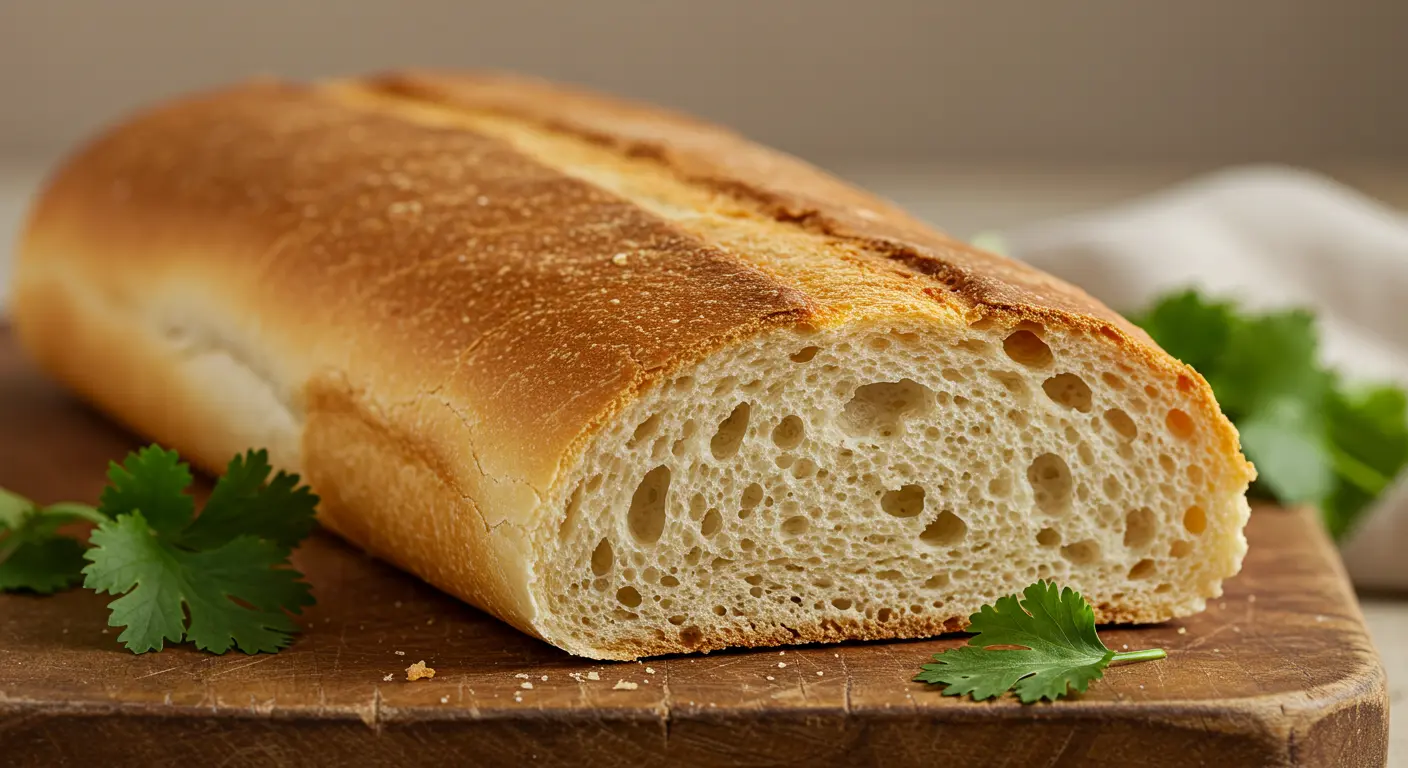
To ensure your success with this Cuban bread recipe, consider these expert tips and tricks:
- Use Fresh Ingredients: The freshness of your yeast is crucial for a good rise. Always check the expiration date and store it properly to maintain its potency.
- Knead Thoroughly: Proper kneading is key to developing gluten, which gives the bread its chewy texture. Aim for a smooth and elastic dough; this may take about 8-10 minutes.
- Temperature Matters: When activating the yeast, ensure that the water is warm but not hot (about 110°F or 43°C). Too hot can kill the yeast, while too cold may not activate it properly.
- Humidity Considerations: If you live in a humid climate, you might need slightly less flour, as the moisture in the air can affect the dough’s consistency. Start with a little less flour and add more as needed.
- Experiment with Shapes: While this recipe yields a traditional loaf, feel free to shape your dough into Cuban bread rolls for individual servings or sliders.
- Add Flavor: For an extra touch of flavor, consider adding herbs or spices to the dough, such as garlic powder or dried oregano.
- Check for Doneness: To ensure your bread is fully baked, tap the bottom of the loaf; it should sound hollow. If not, return it to the oven for a few more minutes.
By following these expert tips, you’ll be well on your way to mastering the art of making delicious Cuban bread that will impress family and friends alike!
Variations and Customizations
One of the great things about Cuban bread is its versatility. Here are some exciting variations and customizations you can try to make your Cuban bread recipe even more delightful:
- Herbed Cuban Bread: Add fresh or dried herbs to the dough for a flavor boost. Rosemary, thyme, or oregano can complement the bread beautifully, making it perfect for serving with soups or salads.
- Cheese-Stuffed Rolls: For a cheesy twist, incorporate shredded cheese (like mozzarella or cheddar) into the dough before shaping it into rolls. This creates a deliciously gooey center that pairs wonderfully with savory dishes.
- Sweet Cuban Bread: Transform your Cuban bread into a sweet treat by adding sugar and spices like cinnamon or nutmeg. You can also mix in dried fruits like raisins or cranberries for added sweetness.
- Garlic Cuban Bread: Infuse your dough with garlic by adding minced garlic or garlic powder. This variation is perfect for serving alongside pasta dishes or as a flavorful base for garlic bread.
- Whole Wheat Option: Substitute part of the all-purpose flour with whole wheat flour for a healthier version of your Cuban bread. This will add a nutty flavor and increase the nutritional value.
- Cuban Bread Rolls: Instead of shaping your dough into a loaf, divide it into smaller pieces to create individual Cuban bread rolls. These are perfect for sliders or as dinner rolls.
- Sourdough Cuban Bread: If you’re feeling adventurous, try using a sourdough starter in place of yeast. This will give your bread a unique tangy flavor and chewy texture.
These variations allow you to customize your Cuban bread to suit your taste preferences and make it suitable for different occasions. Feel free to experiment and find your favorite combinations!
Serving and Presentation
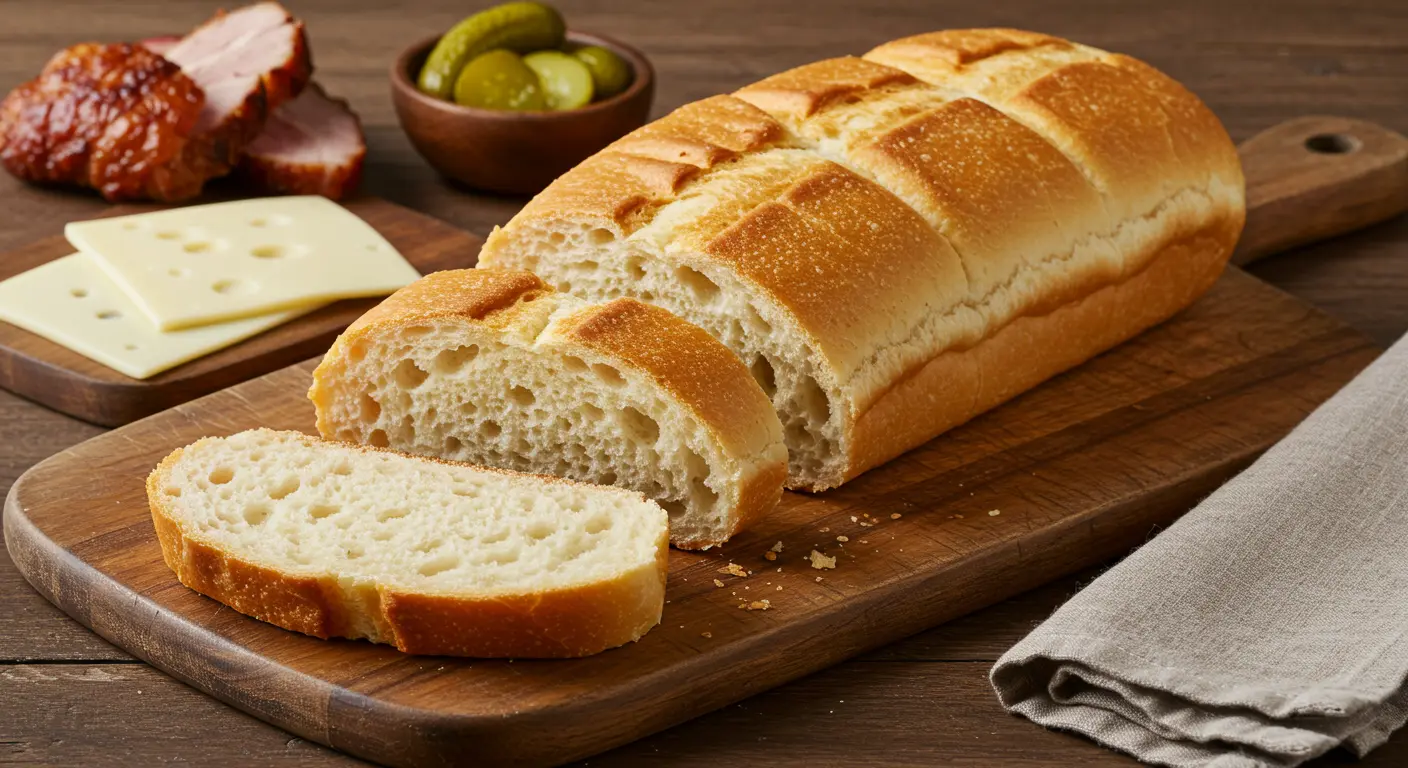
Serving your freshly baked Cuban bread can enhance the dining experience, making it not just a meal but a delightful occasion. Here are some creative serving ideas and presentation tips to elevate your Cuban bread recipe:
- Warm and Fresh: Serve your Cuban bread warm from the oven. The aroma of freshly baked bread will entice your guests, making it a perfect starter for any meal.
- Slicing Techniques: For a beautiful presentation, slice the loaf thickly or into smaller pieces, depending on how you plan to serve it. A serrated knife works best for cutting through the crust without squishing the soft interior.
- Accompaniments: Pair your Cuban bread with a variety of dips and spreads. Consider serving it with garlic butter, olive oil infused with herbs, or traditional Cuban sauces like mojo for an authentic touch.
- Sandwiches: Use your Cuban bread to create delicious sandwiches, such as the classic Cuban sandwich filled with roasted pork, ham, Swiss cheese, pickles, and mustard. Cut the sandwiches into manageable portions for easy serving.
- Toast It Up: Toast slices of Cuban bread and top them with avocado, tomato, or even scrambled eggs for a delightful breakfast option.
- Garnishing: Add a sprinkle of fresh herbs or a drizzle of balsamic glaze over the sliced bread for an elegant touch that enhances both flavor and presentation.
- Themed Dinners: Incorporate your Cuban bread into themed dinners featuring Cuban cuisine. Serve alongside dishes like Ropa Vieja or black beans and rice for a complete meal experience.
By thoughtfully presenting your Cuban bread, you can create an inviting atmosphere that will impress your family and friends while celebrating this delicious addition to your culinary repertoire.
Conclusion
In conclusion, the Cuban bread recipe is a delightful way to bring a taste of Cuba into your kitchen. With its crispy crust and soft, fluffy interior, Cuban bread is perfect for sandwiches, toasting, or enjoying on its own with a bit of butter. Whether you’re making a classic Cuban sandwich with your homemade Cubano bread or simply savoring a slice fresh from the oven, this recipe is sure to warm your heart with every bite.
By following the steps outlined in this article, you can master the art of making Cuban bread that is not only delicious but also versatile enough to suit any meal. Don’t hesitate to experiment with variations and customizations to make this bread your own.
So gather your ingredients and get ready to enjoy the wonderful flavors of Cuban bread—a culinary treasure that will impress family and friends alike. Happy baking!
FAQ Section
Here are some common questions about Cuban bread, along with helpful answers to enhance your baking experience:
What is Cuban bread?
- Cuban bread is a soft, white bread with a crispy crust, traditionally made with lard. It’s a staple in Cuban cuisine, often used for sandwiches, especially the famous Cuban sandwich.
How do I make Cuban bread?
- Follow the detailed instructions provided in this article to create your own delicious loaf of Cuban bread at home. The process involves activating yeast, mixing ingredients, kneading the dough, and allowing it to rise before baking.
Can I use different fats instead of lard?
- Yes! While lard is traditional, you can substitute it with vegetable shortening or olive oil for a different flavor profile or to accommodate dietary preferences.
What are common uses for Cuban bread?
- Cuban bread is perfect for making sandwiches, serving as dinner rolls, or simply enjoying toasted with butter. It can also be used as a base for various dishes.
How should I store leftover Cuban bread?
- Store any leftover Cuban bread in an airtight container at room temperature for up to two days. For longer storage, you can freeze the bread; just make sure to wrap it well to prevent freezer burn.
Can I customize my Cuban bread recipe?
- Absolutely! Feel free to experiment with different ingredients and variations, such as adding herbs, cheese, or spices to create unique flavors.
Why is my Cuban bread dense?
- A dense loaf may result from using too much flour or not kneading the dough enough. Ensure you measure flour accurately and knead until the dough is smooth and elastic.
